Leon Battista Alberti was an Italian scholar, poet and humanist, as well as an art theorist and architect.
He was born in Genoa on February 14, 1404, to a noble family with Florentine origins. He studied in Venice, Padua and Bologna, where he obtained a degree in canonical law in 1428.
Alberti started writing at an early age. His first work was an autobiographical comedy written in Latin. It was so well written that experts of the day believed that it was authentically ancient. Alberti would later alternate between languages, writing in both Latin and common vernacular.
After his father’s death, Alberti broke with family tradition by attempting an ecclesiastic career. In 1432, he went to Rome as a Papal official, a job he would hold for more than 30 years.
Between 1433 and 1434 he began work on his masterpiece, a four-volume book entitled On Family. The author imagined his own family reunited at the deathbed of his father Lorenzo, discussing children's education, marriage and social life. A humanist vision emerged from the book, placing man at the center of the world. It portrayed family as the place to achieve lasting happiness.
At the same time, Alberti developed an interest in architecture, often visiting buildings connected to the Roman Catholic Church.
In 1434 he moved to Florence, where he met Brunelleschi and Donatello. Masaccio’s works made a great impression on him. In Florence he wrote On Painting one of the first scientific studies on perspective, and dedicated it to Brunelleschi. Renaissance painting was not a simple imitation of nature, but a representation of reality as the human eye perceived it. Perspective meant that figures meant to seem farther from the viewer were reproduced smaller than objects that were nearby.
Alberti wrote a treatise on sculpture and an essay about his architectural experience, modeled on Vitruvius’s De Architectura.
Alberti never directed his own projects; his interest was in theory and planning. His study of classical buildings gave him the idea for a style based on the harmony of proportions.
His Palazzo Rucellai in Florence became a model for the elegant homes of the upper class.
The temple of San Sepolcro and the façade of Santa Maria Novella, both in Florence, are outstanding examples of his architectural balance and proportion.
Other significant works include the Tempio Malatestiano in Rimini and the churches of Saint Sebastian and Saint Andrea in Mantua.
Leon Battista Alberti died in Rome on April 25, 1472. He was 68.
The classical purity of his style influenced Renaissance architecture, beginning with Bramante.
He was born in Genoa on February 14, 1404, to a noble family with Florentine origins. He studied in Venice, Padua and Bologna, where he obtained a degree in canonical law in 1428.
Alberti started writing at an early age. His first work was an autobiographical comedy written in Latin. It was so well written that experts of the day believed that it was authentically ancient. Alberti would later alternate between languages, writing in both Latin and common vernacular.
After his father’s death, Alberti broke with family tradition by attempting an ecclesiastic career. In 1432, he went to Rome as a Papal official, a job he would hold for more than 30 years.
Between 1433 and 1434 he began work on his masterpiece, a four-volume book entitled On Family. The author imagined his own family reunited at the deathbed of his father Lorenzo, discussing children's education, marriage and social life. A humanist vision emerged from the book, placing man at the center of the world. It portrayed family as the place to achieve lasting happiness.
At the same time, Alberti developed an interest in architecture, often visiting buildings connected to the Roman Catholic Church.
In 1434 he moved to Florence, where he met Brunelleschi and Donatello. Masaccio’s works made a great impression on him. In Florence he wrote On Painting one of the first scientific studies on perspective, and dedicated it to Brunelleschi. Renaissance painting was not a simple imitation of nature, but a representation of reality as the human eye perceived it. Perspective meant that figures meant to seem farther from the viewer were reproduced smaller than objects that were nearby.
Alberti wrote a treatise on sculpture and an essay about his architectural experience, modeled on Vitruvius’s De Architectura.
Alberti never directed his own projects; his interest was in theory and planning. His study of classical buildings gave him the idea for a style based on the harmony of proportions.
His Palazzo Rucellai in Florence became a model for the elegant homes of the upper class.
The temple of San Sepolcro and the façade of Santa Maria Novella, both in Florence, are outstanding examples of his architectural balance and proportion.
Other significant works include the Tempio Malatestiano in Rimini and the churches of Saint Sebastian and Saint Andrea in Mantua.
Leon Battista Alberti died in Rome on April 25, 1472. He was 68.
The classical purity of his style influenced Renaissance architecture, beginning with Bramante.
RELATED


KATE MOSS
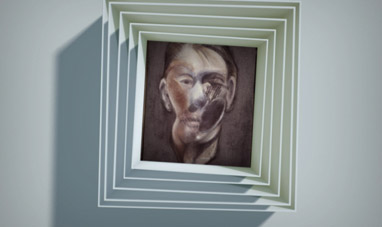

FRANCIS BACON
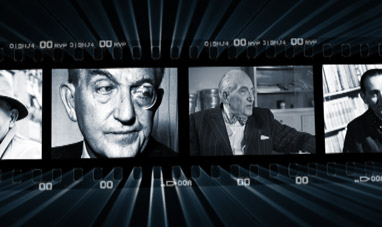

FRITZ LANG
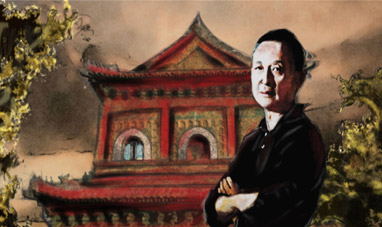

GAO XINGJIAN


ADOLF LOOS
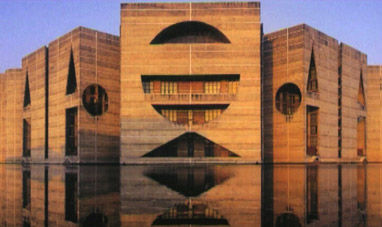

LOUIS KAHN


JOHANN SEBASTIAN BACH
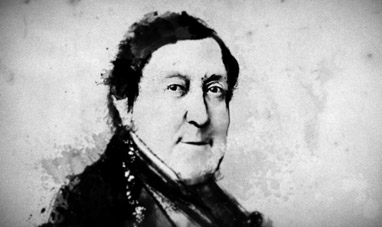

GIOACCHINO ROSSINI
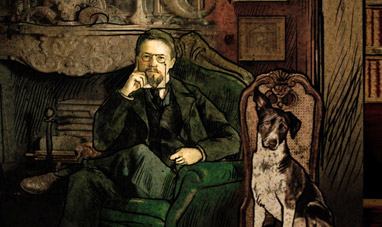

ANTON CHEKHOV
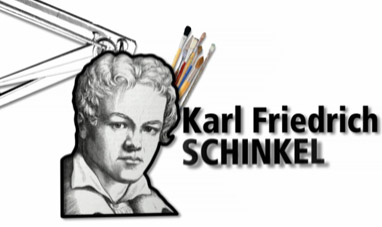

KARL FRIEDRICH SCHINKEL
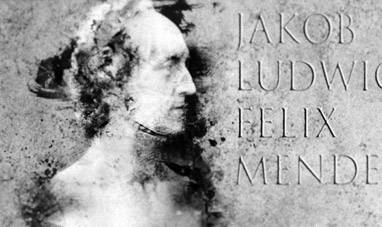

FELIX MENDELSSOHN
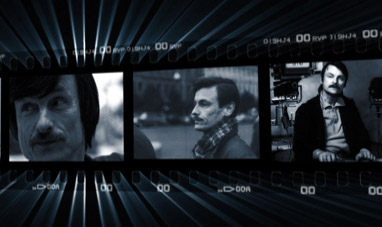

ANDREI TARKOVSKY
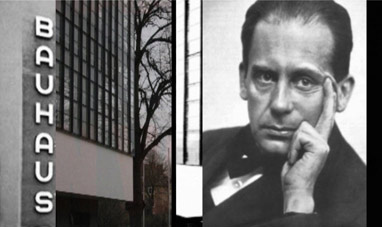

WALTER GROPIUS


PAUL CÉZANNE
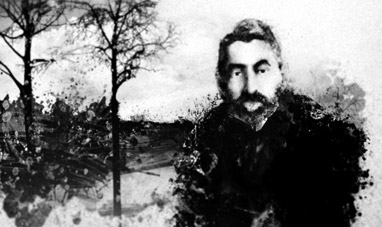

CLAUDE DEBUSSY
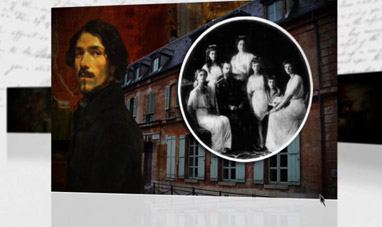

EUGÈNE DELACROIX
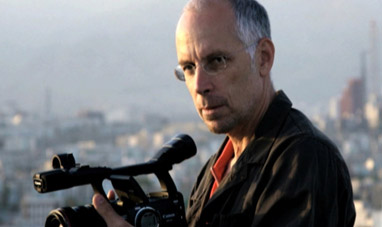

GABRIELE SALVATORES


RUDOLF NUREYEV
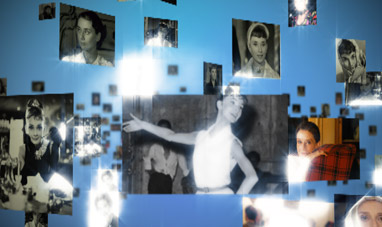

AUDREY HEPBURN
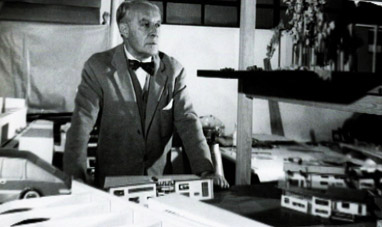

GIO PONTI
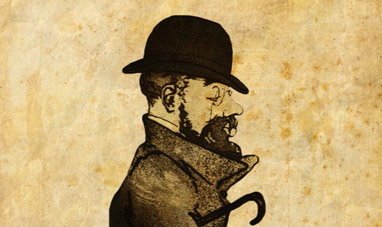

HENRI DE TOULOUSE-LAUTREC


ERNST LUDWIG KIRCHNER
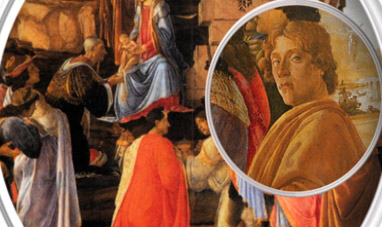

THE ADORATION OF THE MAGI
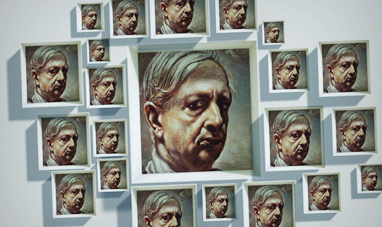

GIORGIO DE CHIRICO
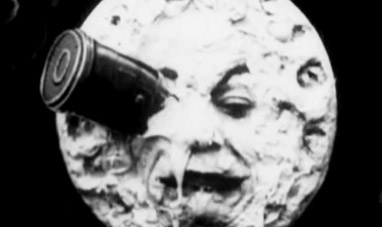

GEORGES MÉLIÉS
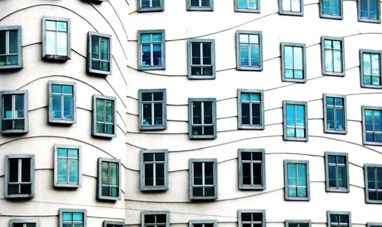

FRANK GEHRY
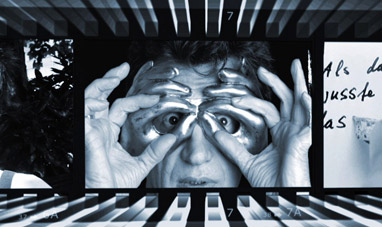

WIM WENDERS


STEVEN SPIELBERG
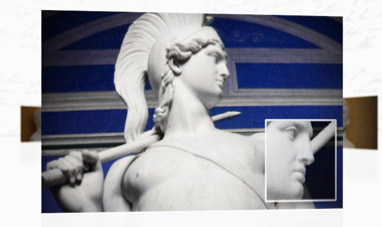

BERTEL THORVALDSEN


PHARRELL WILLIAMS
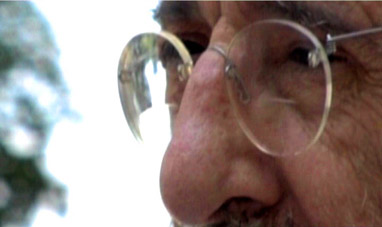

ÁLVARO SIZA VIEIRA
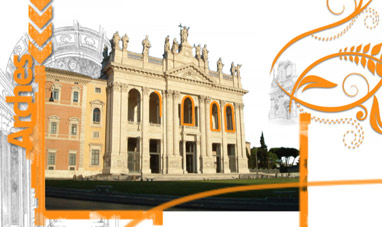

FRANCESCO BORROMINI
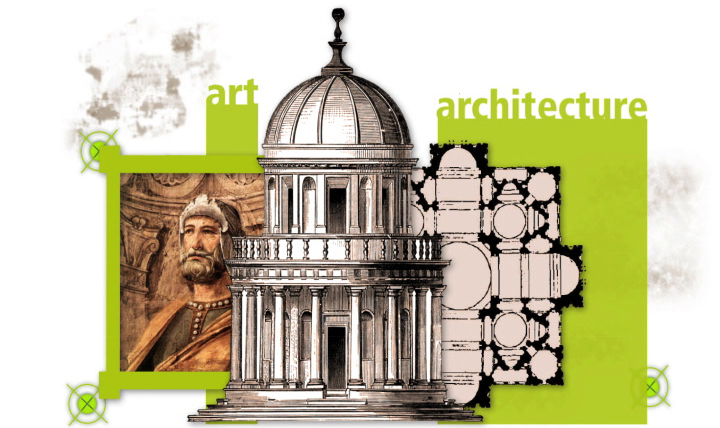

DONATO BRAMANTE


JEAN AUGUSTE DOMINIQUE INGRES
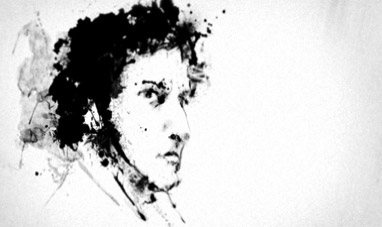

FRÉDÉRIC CHOPIN


GIULIO PAOLINI
